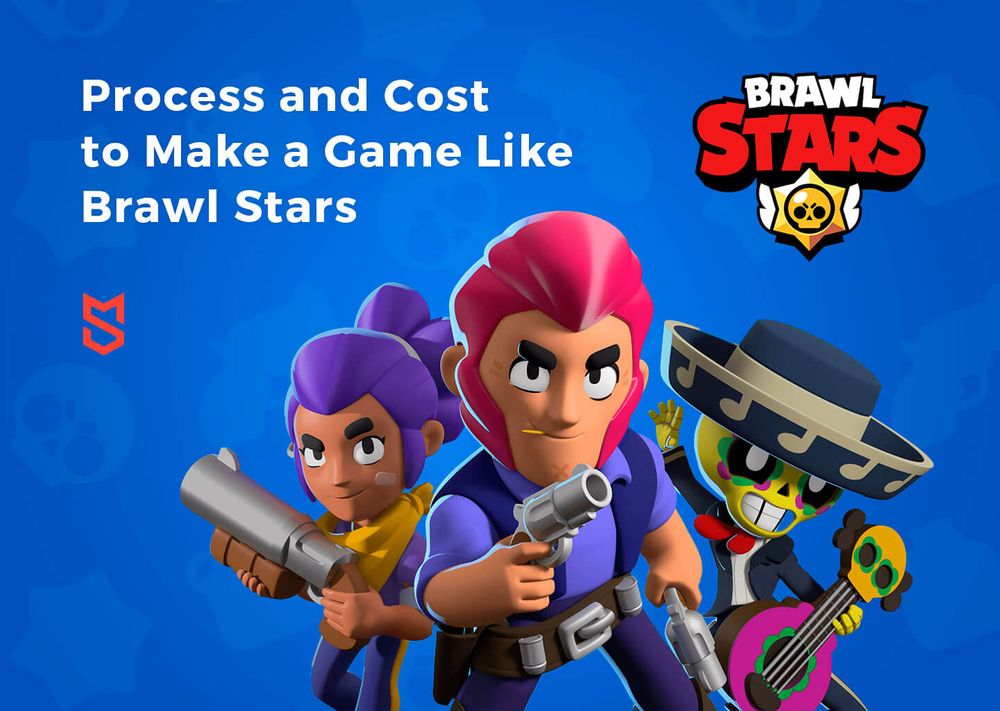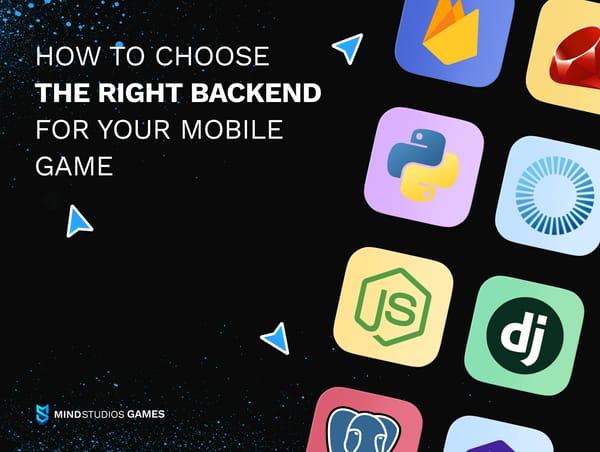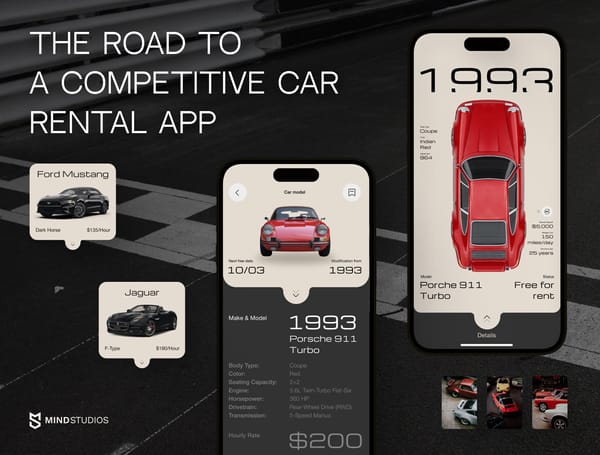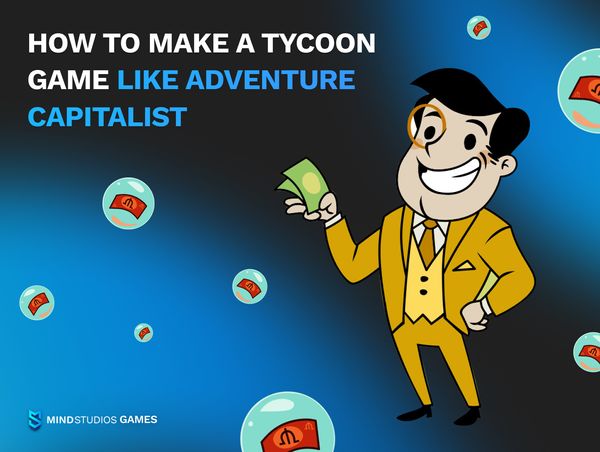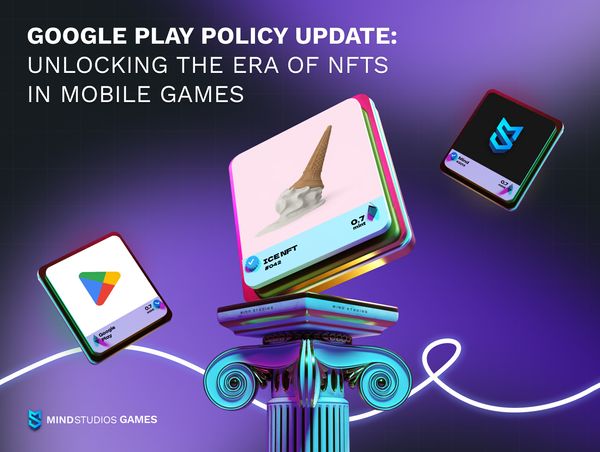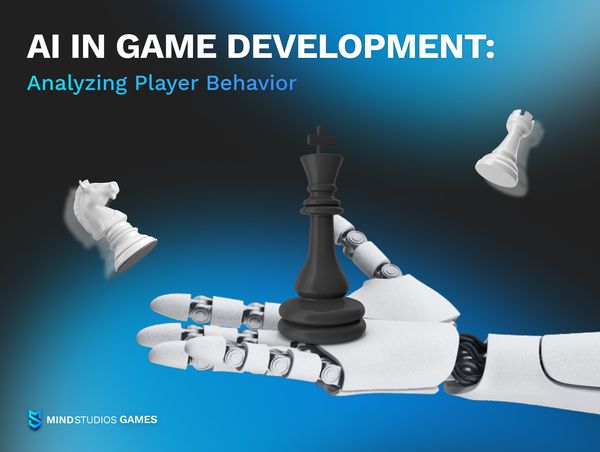When you ask “How much does it cost to make a mobile game?” you probably realize that there’s no single answer or a definite number. Games — mobile same as PC/console — come in all shapes and sizes, after all. The cost of building the new competitor to a mobile version of Genshin Impact (open world, multiple mechanics, lots of lore) would be very different from building an idle clicker game.
However, there’s a structure to any development process, which makes it possible to estimate the rough costs at early stages. In this article, we’ll be talking about what affects the game app development cost, where you can save and where you shouldn’t, and we’ll also offer some real-life examples from our experience.
Without further ado, let’s go.
5 factors that affect mobile game development costs
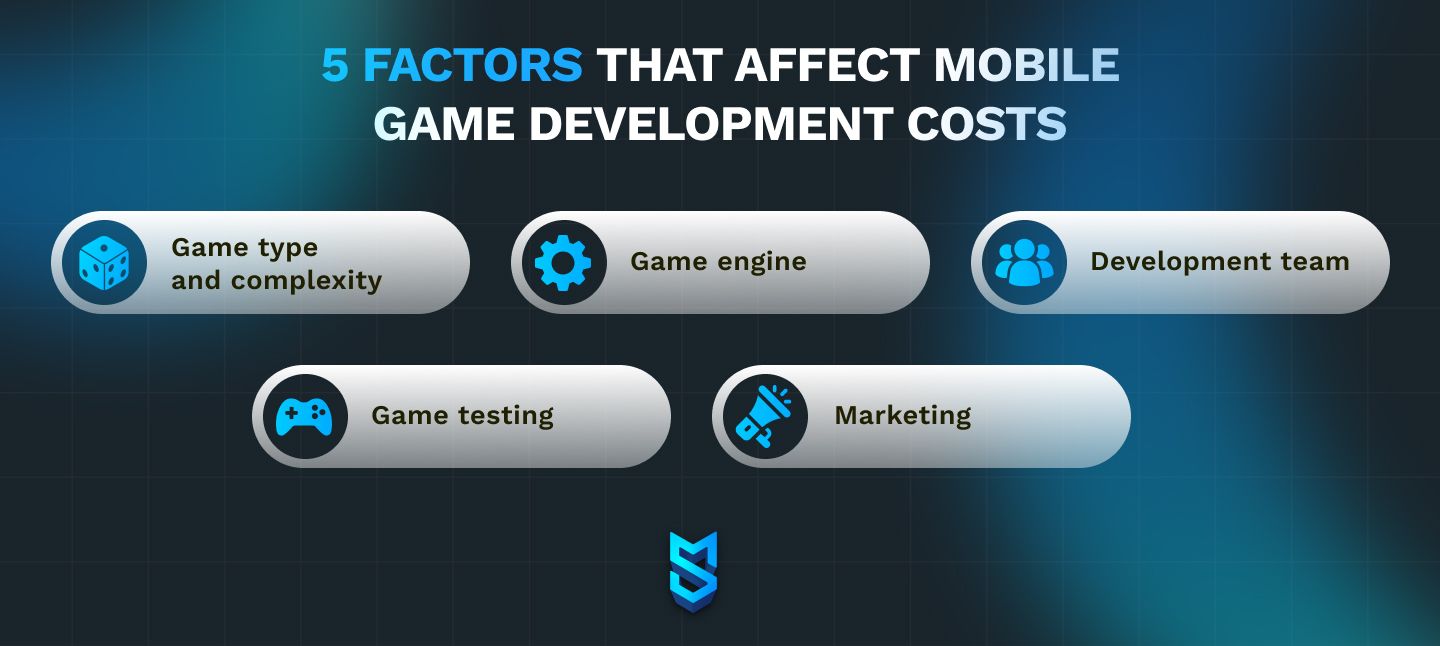
Even seemingly simple games require multiple processes before they can see the world. And while it’s not completely impossible to build a successful mobile game with a single specialist, it is what most professionals would call a long shot. The chances are rather slim, and mostly that’s the way developers go to build a portfolio rather than to create a marketable product.
For a product to be marketable, you’ll need to consider a number of factors, all of which will impact the mobile game development cost. We’re here to tell you about them.
#1 Game type and complexity
This is the most obvious factor. The more complex your game is — the more levels, mechanics, and refined graphics it has — the more expensive it will be to build. However, complexity is more tricky than one might assume.
Games can be categorized by type, platform, genre — and these are only the most basic parameters. Categories might go into subcategories, which will require certain mechanics or assets. All this will make a difference when calculating mobile game development costs.
#2 Game engine
It’s possible to build mobile games native for specific mobile platforms — Android and iOS. However, very few game developers go that way. Mostly, that’s because you’ll need to build two games instead of one — Android and iOS use different programming languages and developer kits, after all. And you’ll have to pay for both, obviously.
Why do that when cross-platform game engines exist, built with functionality tailored for game development specifically and able to make games compatible with multiple platforms?
Besides, there’s even a selection of game engines. You can go for:
- Unity
- Unreal Engine (UE)
- Godot
- GameMaker
- Defold
For mobile games, Unity is the most popular choice: it’s quite easy to work with, cheaper than UE in the long run (free if your revenue or funding was below $100,000 in the last 12 months), and offers more tools than other free open-source engines. It also has a great community and a top-notch asset store.
#3 Development team
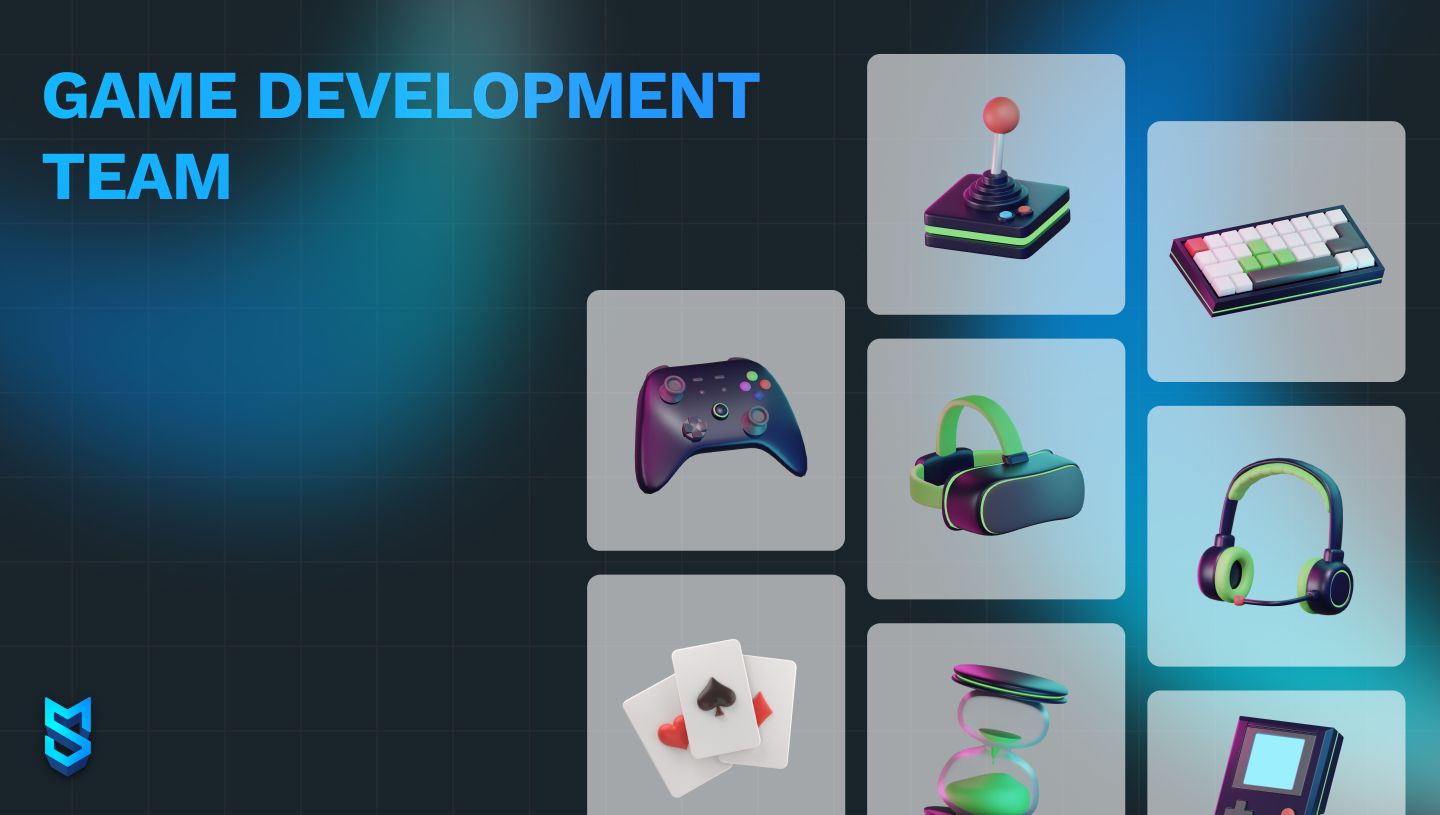
Hiring developers to build a game for you will require an investment, of course. You can go with an in-house team or with outsourcing to either an established company or to freelancers.
If we compare prices within the same location and with similarly experienced developers, an in-house development team is the most expensive option, and working with freelancers will most likely be the cheapest. However, managing freelancers on a long and complex project is hard and will have hidden hazards that will affect the overall cost to build a mobile game. Not to mention the time and money you’ll spend to find the exact specialists you need.
Outsourcing to a game development company is considered the middle ground: it’s more expensive than hiring freelancers, but you get a team ready to start right away, an NDA, shared responsibility for the end product, and a project manager to keep everyone in the loop. It’s also still significantly cheaper than an in-house team.
The second team-related factor that affects the cost to develop a game application is the location of your team. Many countries around the world have experienced game developers, and some of those countries have lower rates without sacrificing product quality, simply because of the different cost of living.
You can hire freelancers, an outsourcing company, or a remote in-house team from Eastern Europe instead of US, and your mobile game development would cost less this way.
#4 Game testing
Here comes the part where you shouldn’t cut costs. Thorough testing is important for a game to not flop. You might have heard how bugs and technical issues in Cyberpunk 2077 on older consoles and non-high-end PCs became one of the main reasons CD Projekt RED’s stocks plummeted 75% following the game’s release.
The company survived thanks to its other popular titles and good reputation, but the damage was done and cost them the crown of the most valued video game company in Poland at the time.
That’s what under-investing in testing might cause, and it’s as important in niche mobile games as in huge AAA titles. Probably even more so since smaller companies have more competition in the gaming market. We recommend allocating ample time (and therefore money) for QA specialists in your mobile game development budget.
When you partner with a game development company or studio, their existing testing team will have already built synergy with the development team. That’s because testing will have been organically inserted into the project plan. This will make the development process more time- and cost-effective.
#5 Marketing
The final major factor in cost estimation for any software product, mobile games included, is marketing.
There’s approximately 1.5 million mobile games across app stores in 2023. They differ in sizes, genres, settings, mechanics, and more, but still, the market competition in mobile games is crazy. Standing out globally is hard.
Even if it isn’t your goal to become the next Supercell or Tencent, you’ll need to hold marketing campaigns in your niche if you want your game to be a success.
On the other hand, not all marketing campaigns will cost you an arm and a leg.
At Mind Studios, we separate marketing campaigns into three types according to the stages of soft launch:
- Campaigns for a technical soft launch. This type of soft launch is small in scale and is held to test your game on real users and make sure that everything works fine technically (hence the name). The cost of it usually ranges between $100 and $500.
- Campaigns for retention soft launch. This launch is bigger, and its aim is to see how many users will stay with your app, for how long, and compare with the benchmarks to see where you are and how engaging your game is. Expect to invest $500 to $1000.
- Campaigns for monetization soft launch. The final stage of a soft launch, held to finally start getting revenue. Marketing expenses at this stage will heavily depend on the scale of your launch. At Mind Studios, we usually leave marketing at this stage to game publishers or marketing agencies. We can recommend partners for this stage to our clients, with whom they can discuss the investments.
Game app development cost by size
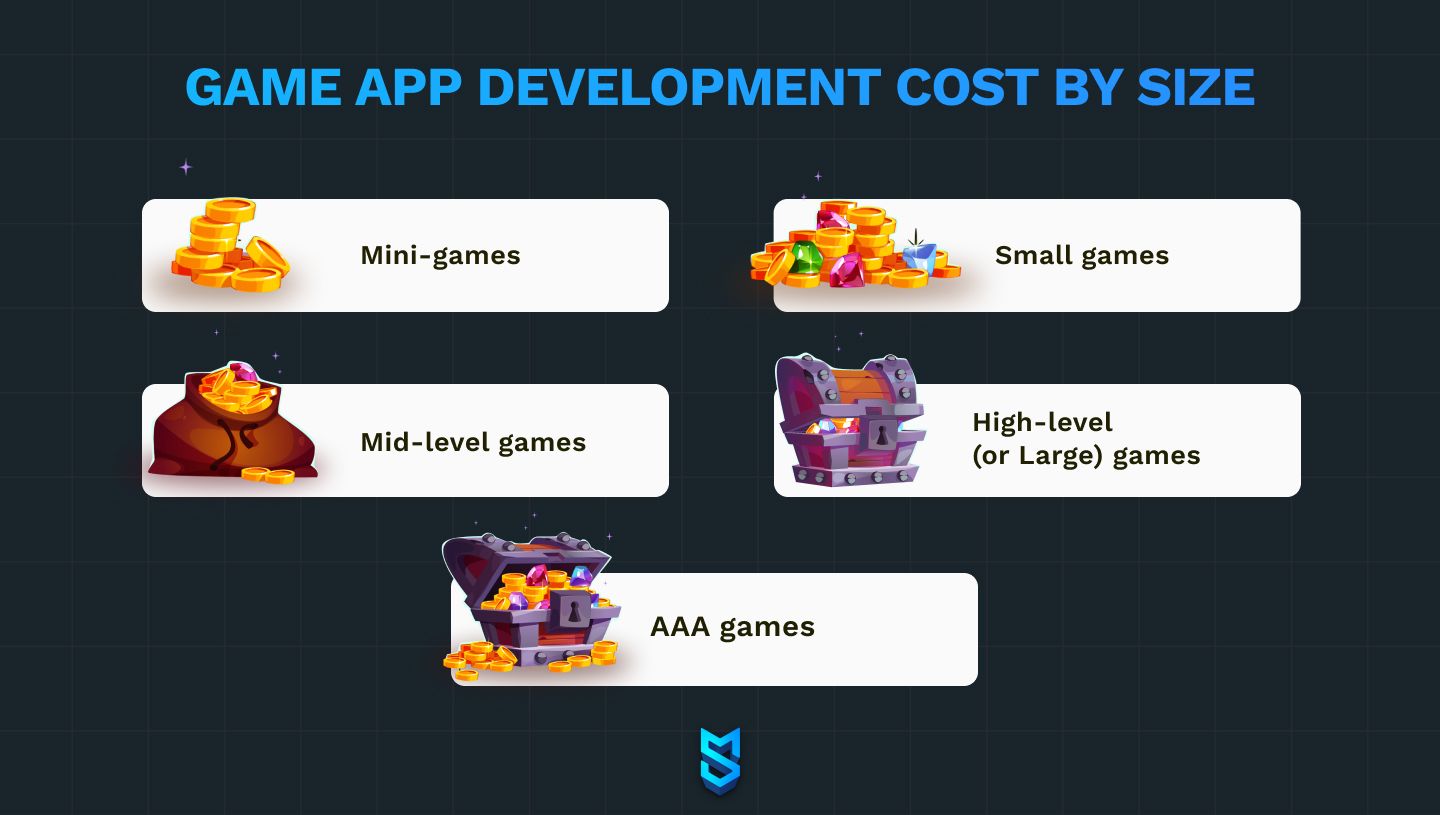
In this section, we’ll cover a bit more extensively the first factor that influences the cost to make mobile games. We use the following categorization by complexity:
- Mini-games
- Small games
- Mid-level games
- High-level (or Large) games
- AAA games
Mini-games
These are very small games that might cost as little as $3,000–5,000 but can reach up to $15,000–20,000 depending on details in the game design document (GDD). They usually have exceptionally simple graphics and mechanics, repeatable game loops, and a very limited number of levels.
Alternatively, mini-games can be integrated into bigger games to serve as diversity factors with mechanics different from the main ones. For example, in NanoBytes: Byteworld (iOS, Android), a game we built for one of our clients, the main mechanic is idle building and management of a city. However, the game also has multiple mini-games like obstacle runs, matching games, and trivia quizzes.
Small games
Small games can be categorized as such due to either overall simplicity of mechanics and art or due to the low number of levels. Most idle and hyper-casual games fall into the “small game” category. Small games are relatively simple to both build and play, and their development cost will fall into the $15,000–40,000 slot.
In our portfolio, we have a number of small games, the latest of which would be My Fish Mart: Idle Shop Fever (iOS, Android).
Mid-level games
The complexity in mid-level games can grow in several directions:
- More refined art (usually custom 3D or detailed and intricate 2D), animation, sound
- Complex story
- More levels, difficulty selection, integrated mini-games
- Character customization and skins
- More refined monetization
- Real-time multiplayer
Think casual games. For mid-level games, expect the price tag of $40,000–60,000. In this category, we have Beetle Riders 3D (iOS, Android) and Cyberhero (iOS, Android).
High-level games
These are games aimed at players willing to pay at least some amount, and for that they have thought-through monetization models with multiple options for in-app purchases, often using ads for only the simplest boosts.
High-level games boast intricate multi-level story plots, refined graphics, either multiple characters or character customization, and more. Open-world games are also considered high-level.
Building a high-level game will cost significantly more than previous game types. Chances are, it won’t be cheaper than $100,000–150,000.
AAA games
Finally, these are the most expensive games on the market. And their main distinction from high-level games is not in functionality or the quality of art but basically in the money poured into development and marketing.
The term “AAA” itself takes its name from the credit ratings, where AAA bonds are considered creditworthy and have the lowest defaulting risk because their issuers can easily meet financial commitments.
Hence, AAA games are simply games with high budgets. That usually means big development teams, high-end technology, and impressive marketing spendings.
It’s actually quite difficult to find AAA titles in mobile games besides those ported from PC or console games. Even the widely popular AAA title PUBG Mobile is an adaptation of PUBG: Battlegrounds, which was launched for Windows PCs a year earlier than the mobile version.
If we had to dig for an example of a mobile AAA title, we’d name Shadowgun Legends.
Budgets for AAA games start in the hundreds of thousands of US dollars and, depending on the complexity and time spent building them, can easily reach millions of dollars without even taking marketing into account.
Budget for 2D and 3D mobile games
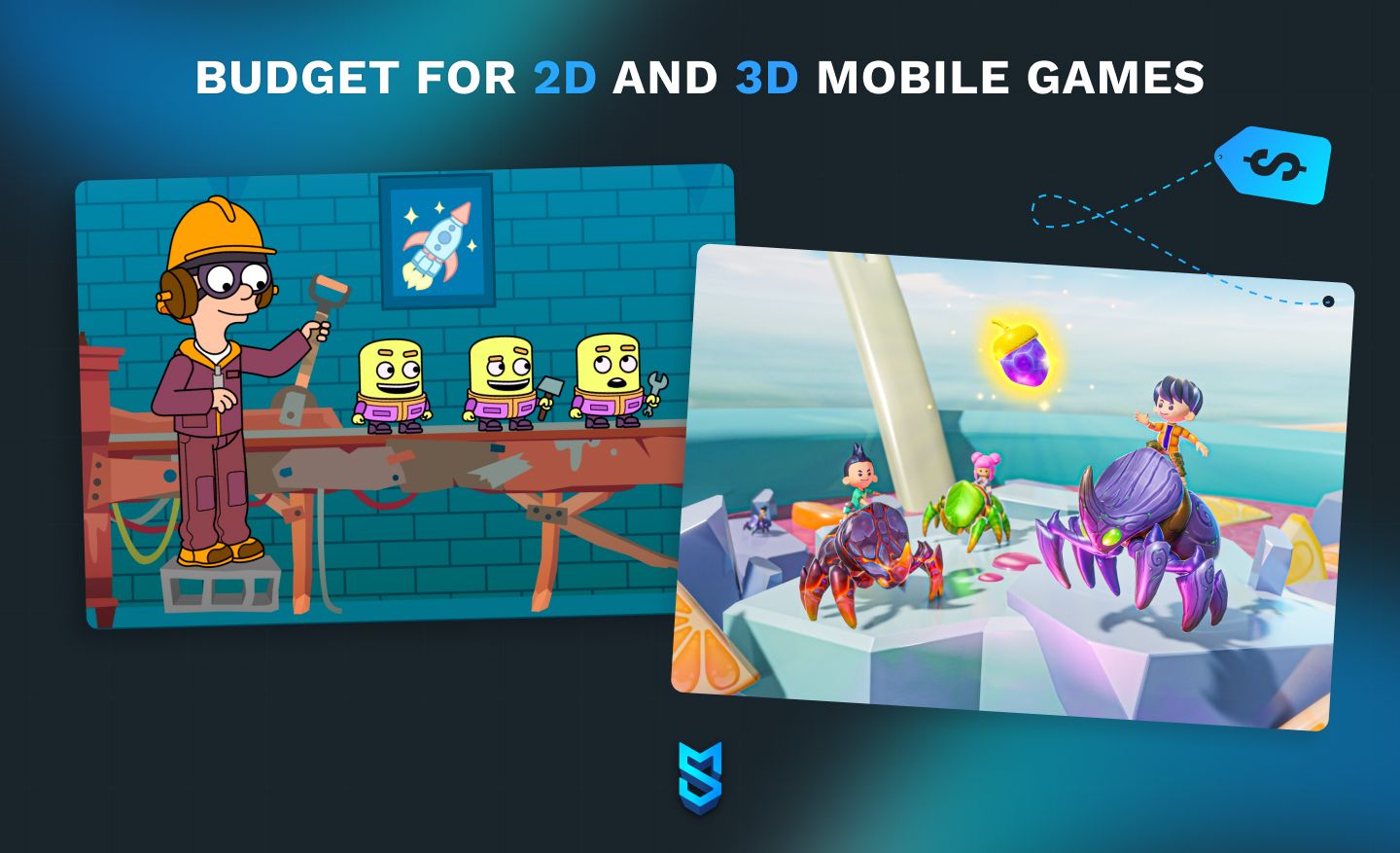
Art style definitely affects mobile games development costs, but you might be surprised by what we’ll say next.
It’s a popular belief that 3D art is by definition more expensive than 2D art. If we only think about it at a surface level, that might be true: when comparing rates for 3D and 2D art of the same complexity and level of detail, 3D artists will cost you more. But that’s because it takes more time to make 3D art from scratch.
However, there are stores for ready-made assets in both 2D and 3D, made to be used in games. Some assets are even free to use if you credit the artist in your game’s description or credits. But there’s something to consider here.
For the game to look good, all characters, items, environment, and backgrounds will obviously need to be in the same style. And it’s much easier to find assets (especially animated ones) matching 3D art than 2D one.
3D art is more expensive at the basic level (artists take more time to draw, hence the price goes up) but it also offers easier ways to cut costs by finding cheap or free ready-made assets in stores.
Approximate costs for a mobile game development team
The “people investment” in your mobile game development budget will heavily depend on where your team resides and whether they’re your in-house team or an outsourced third party.
We at Mind Studios Games are an outsourcing mobile video game development company from Eastern Europe. That’s a location known for moderate prices without sacrifices in the quality department. Here are the hourly rates you should expect if you hire a team of game developers in Eastern Europe:
| Position | Level | Hourly rate |
|---|---|---|
Game Designer Game UI/UX Designer 2D / 3D Artist Animator (VFX) Level Designer Sound producer (SFX) QA Engineer Project Manager |
Middle specialists |
$20.00 ~ $25.00 |
Senior specialists |
$25.00 ~ $35.00 |
| Position | Level | Hourly rate |
|---|---|---|
Unity Developer Backend Developer Game Producer |
Middle specialists |
$20.00 ~ $30.00 |
Senior specialists |
$30.00 ~ $40.00 |
How to estimate the cost of game app development
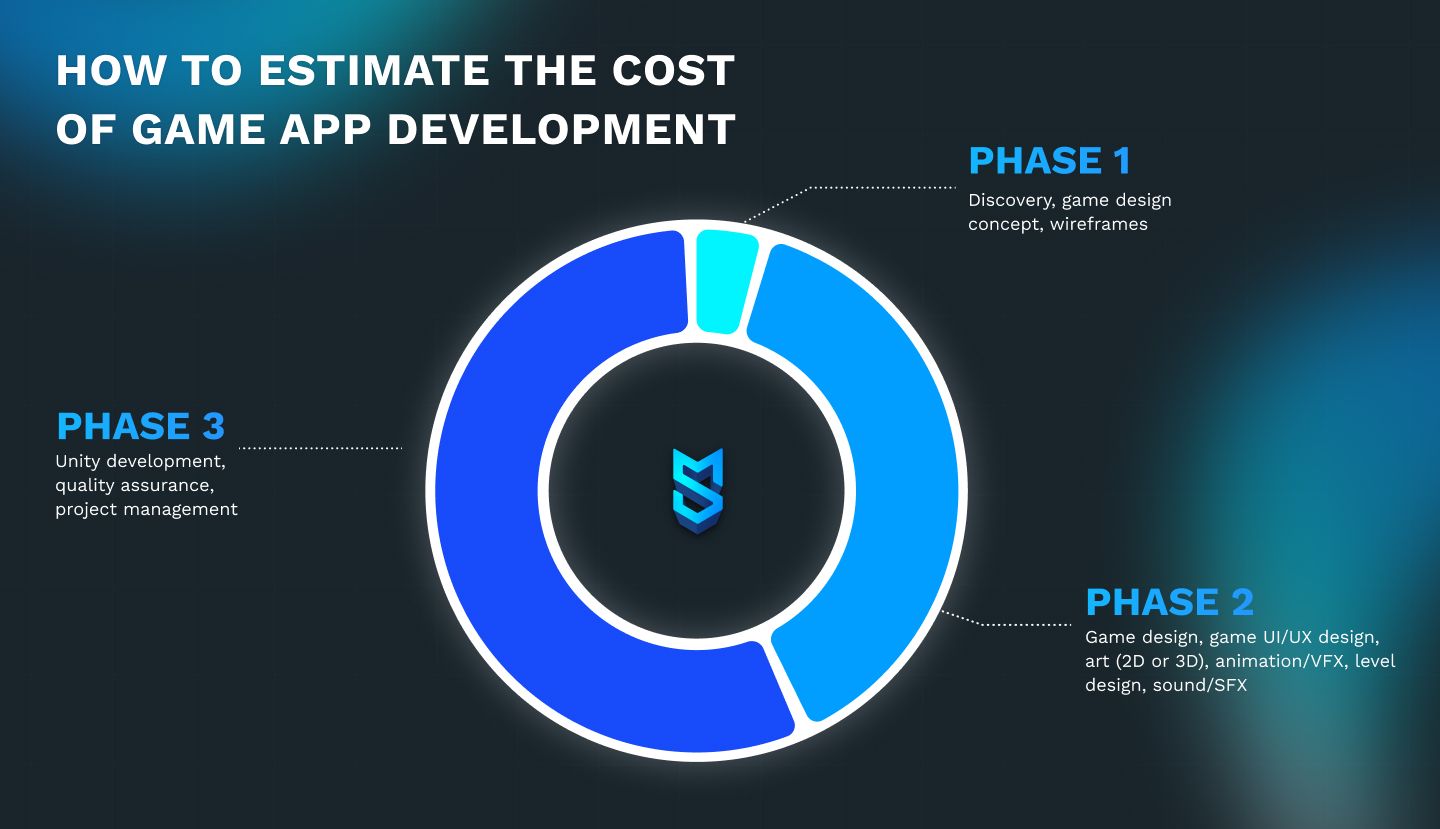
There are processes in place to estimate mobile game development. At Mind Studios Games, we divide game development into three major stages, or phases.
Phase 1
We include three main processes here:
- Research (or Discovery)
- Game design concept
- Wireframes
The research is aimed at discovering the trends in your game’s niche, assessing competitors, and coming up with solutions that will allow your game to stand out from the crowd on the market. If a game isn’t built for a big audience (for example, it’s an internal product to educate your employees or customers), the research can help understand how to best reach your other goals.
After research, the game design concept is done, which summarizes how your future game will work.
Lastly (for this phase), the wireframes for the game are drafted. Wireframes help visualize the game concept and see if you and the development team see it the same way. It can also help optimize the UX in the future.
It’s the shortest and cheapest stage of game development, usually costing between $1,500 and $2,000.
Phase 2
Phase 2 includes the following processes:
- Game design
- Game UI/UX design
- Art (2D or 3D)
- Animation/VFX
- Level design
- Sound/SFX
Game design is the process of expanding your concept to make it look like a full game idea. It results in starting a game design document (GDD). GDD is the detailed guide for future game development, made to help keep track of details and not lose anything in the process. It includes things like core mechanics, theme, story, style, ideas you want to implement, and more.
Game UI/UX design is the expansion from wireframes, the visualization of game screens, the relations between them, and the user journey.
Art is self-explanatory. It’s a process of creating characters, backgrounds, items, and everything players will see in your game. After it comes the animation process, to make art move and liven up the game.
Level design is, as the name suggests, the part of game development that works upon levels of your future game. How many levels there will be, what players would need to do to progress to the next level, what the rewards will be, etc.
And lastly, the sound is added to the game, to help create ambience and add to the genre-specific atmosphere.
For a small game, Phase 2 will cost in the ballpark of $7,000–14,000 as basis.
Phase 3
The final phase of development includes:
- Unity development
- Quality assurance
- Project management
At Mind Studios Games, we build games with the Unity game engine. Actual development is the longest stage, but quality assurance also takes quite some time. As we mentioned before, you shouldn’t skip or hurry too much when testing, it might result in major bugs that will ruin your game for players.
Project management is the accompanying process to every phase of game development, but most of the project manager’s work is done in phase 3.
Expect to pay $10,000–20,000 for the development of a small game like idle or hyper-casual titles.
Real examples of game app development calculation
Here’s a real calculation of the cost to develop a game application with a dedicated team, an example for an idle tycoon game. We’re including calculations by phase and by specialist for you to better understand the structure. The rates we use are more or less typical for Eastern European outsourcing game developers.
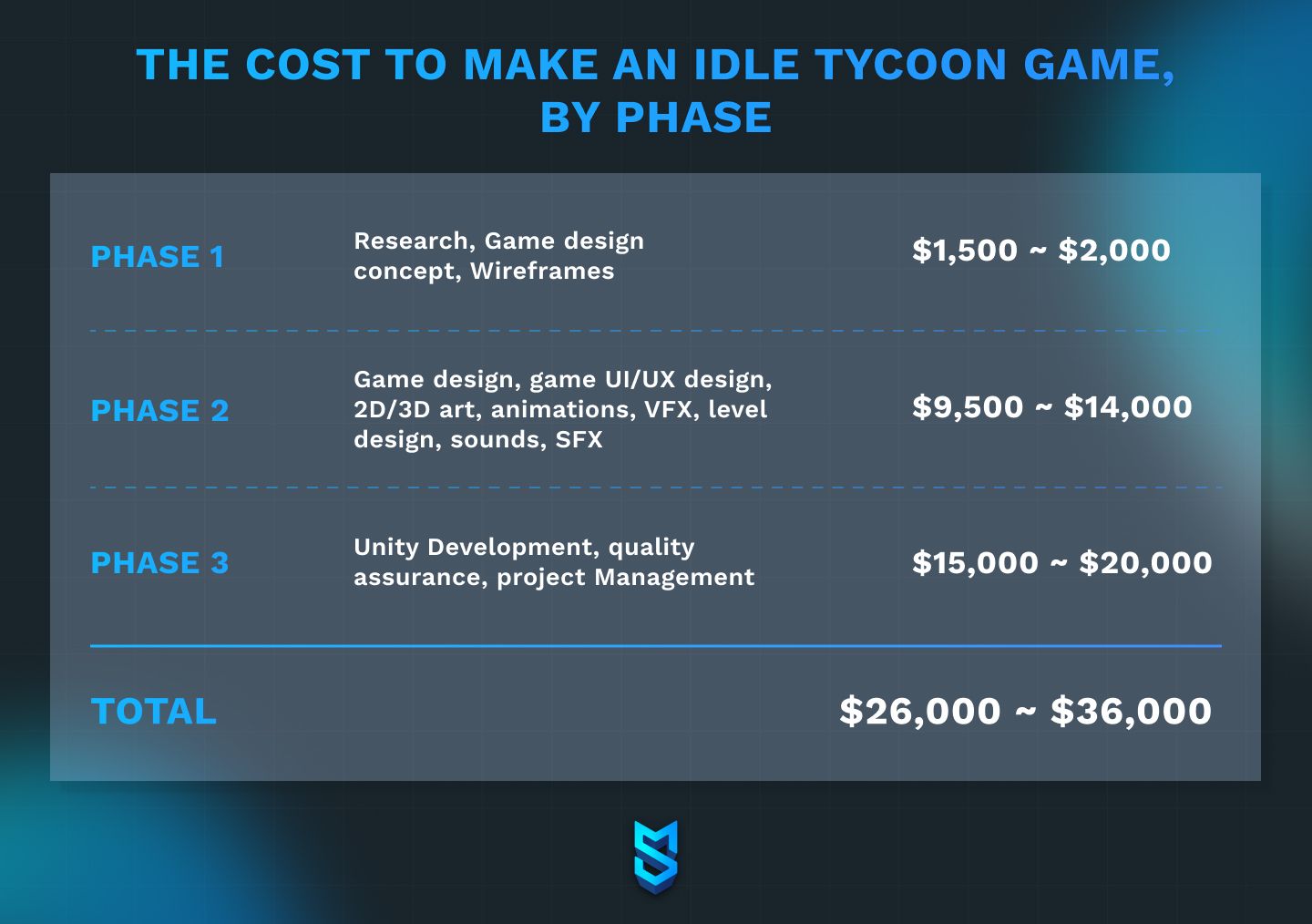
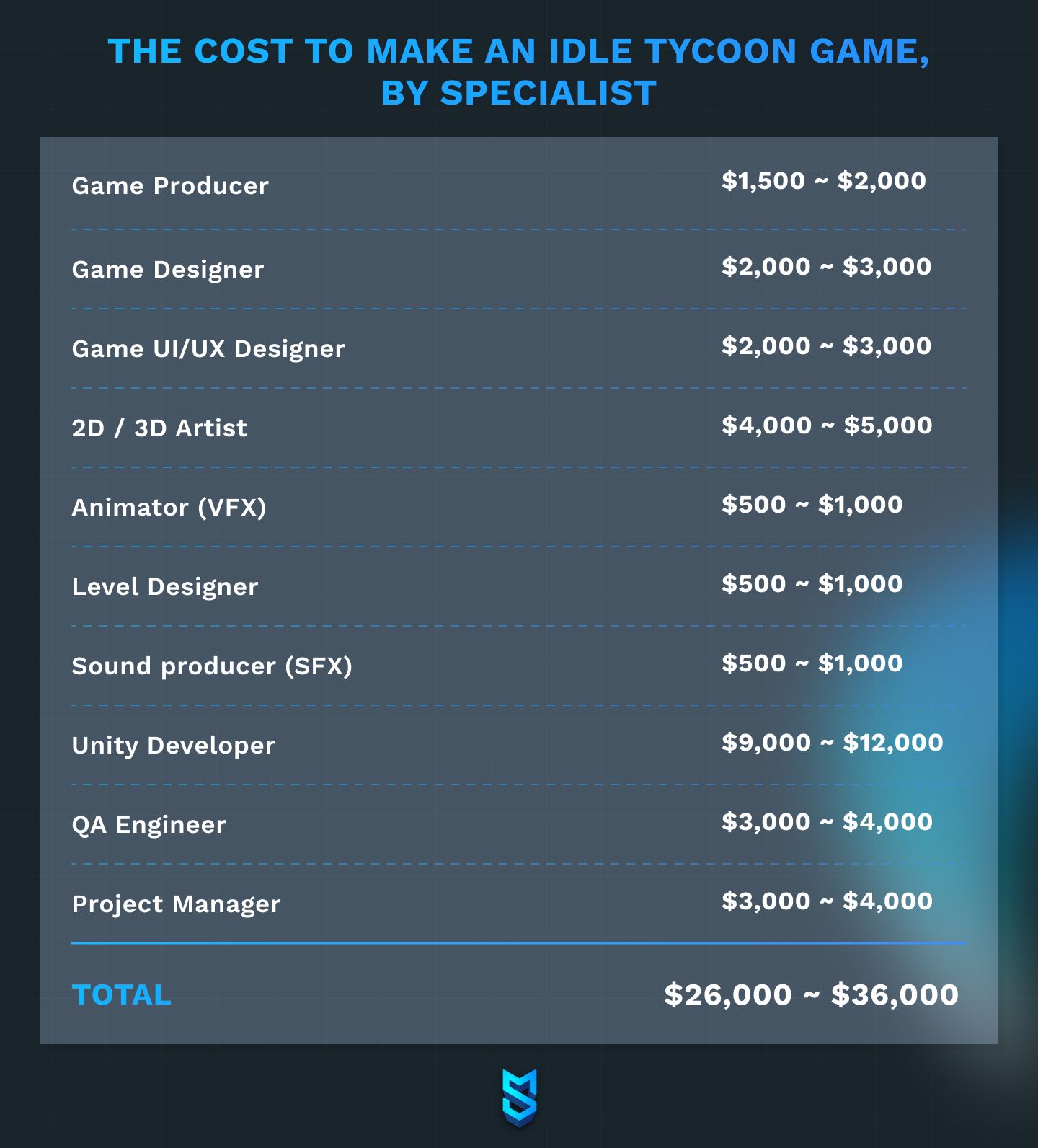
These estimates don’t include marketing because at MS Games, we mostly handle marketing only at the technical and retention soft launch levels. Marketing at these stages usually amounts to about $1500 max for both. After that, we recommend our clients to approach game marketing specialists for better results.
Finally, after launch, we also provide support and maintenance for your game. A certain number of hours can be allocated (daily, weekly, or monthly) so that our specialists can assess how your game is performing and fix any non-urgent issues. And of course, you can also get us to solve issues outside allocated hours if it’s urgent. The estimation of such services is made on the case-by-case basis.
Conclusion
It’s hard to answer a question like “How much does it cost to make a game app?” right away, the devil is in so many details here. Games offer such a variability — in graphics, mechanics, engines, and more — that naming a specific sum with any certainty without asking for specifics would be dishonest.
At the same time, game development costs aren’t always as high as many people think. And there are ways to cut them, sometimes significantly.
We hope this article managed to shed some light on what game app development cost consists of, and how to estimate it roughly on your own. In case you have a game idea in mind, we can arrange a free consulting call for you to make estimations and offer you our help in any department you might require. Just drop us a line in the contact form.

